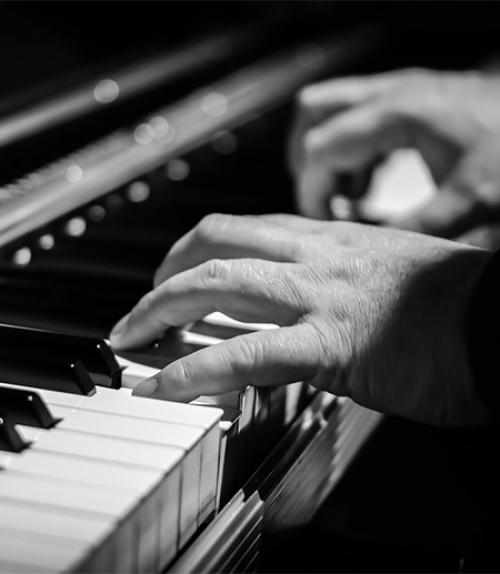A new Silbermann piano has joined the instrument collection at the Cornell Center for Historical Keyboards.
The piano, which has a hammer action that could produce gradations of loud and soft, was invented in the late 17th-century by the Florentine instrument maker Bartolomeo Cristofori, who lived from 1655-1731. The Cornell addition is modeled after a piano created in 1749 by Gottfried Silbermann, who hailed from a long-standing Saxon organ-building family and had the additional reputation for building the first German piano.
Silbermann's pianos show near-exact copies of Cristofori's highly sophisticated mechanism coupled with other aspects of design –‑ case construction, string spacing, choice of wood species — that drew from his experience as an instrument maker. Silbermann's pianos are organologically significant as the Germanic counterpart of what one might call the first "school" of piano making, said Mike Lee, Ph.D. '15, visiting scholar and artist-in-residence in the music department.
The new Cornell piano was built by the American builder Paul McNulty (working in the Czech Republic) and is modeled after one of three surviving Silbermann pianos. The original is currently housed in the Germanisches Nationalmuseum in Nuremberg.
Two others are still housed at Frederick the Great's two palaces in Potsdam today. “It is well documented that J. S. Bach improvised on a Silbermann piano when visiting his son, C. P. E. Bach, who regularly accompanied Frederick on the flute,” Lee said.
The collection of the Cornell Center for Historical Keyboards has traditionally focused on Viennese pianos from the late 18th- through to the early 19th-centuries, but in recent years, the collection has grown in size and breadth, branching both into the later 19th century and also, with the addition of the Silbermann piano, completing the representation of the earliest exemplars of the instrument, Lee said.





